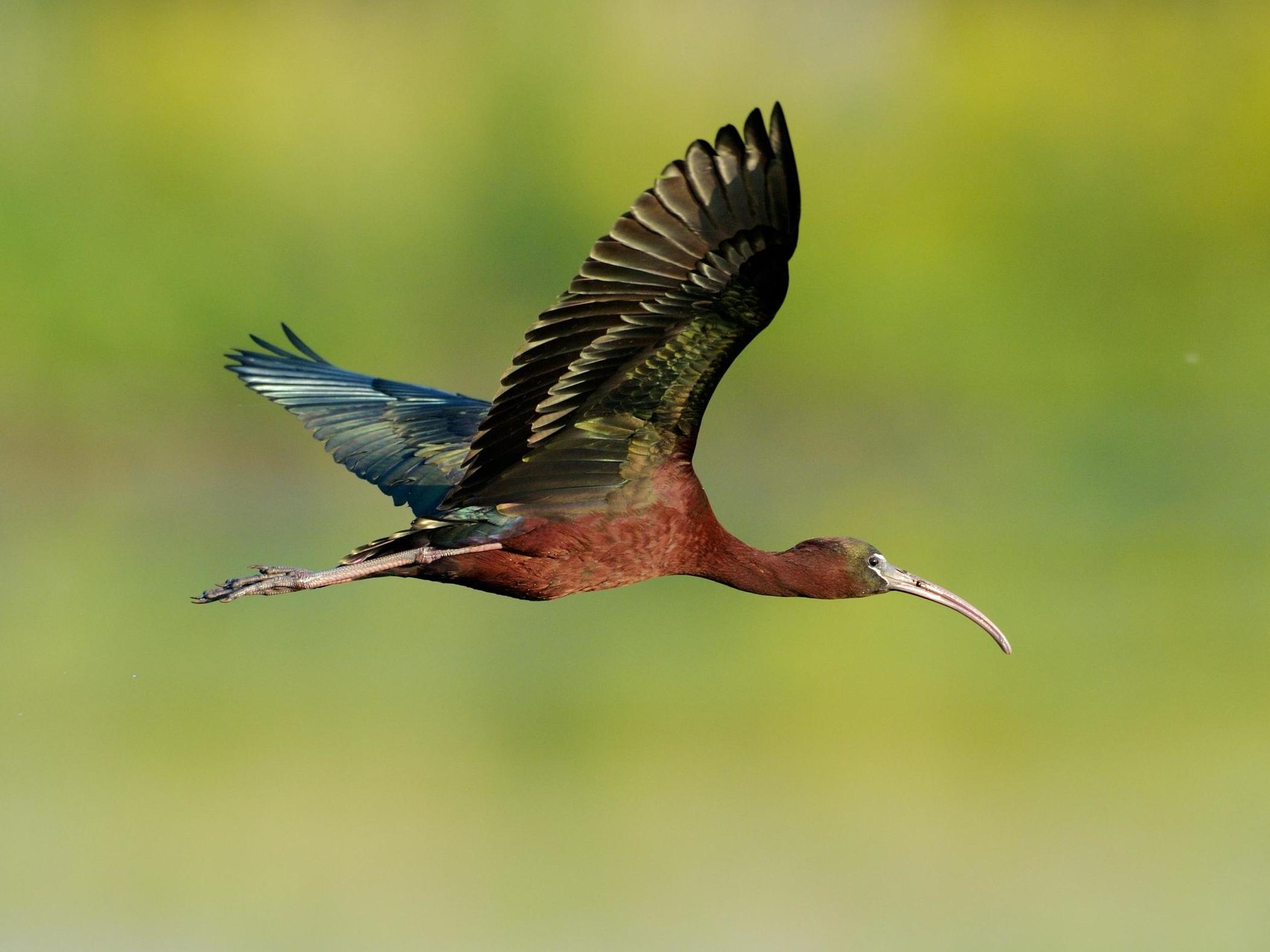Biodiversity crisis: India’s bird populations ‘declining sharply’, research shows
Country’s national bird bucks trend, but 101 species now of ‘high concern’

Your support helps us to tell the story
From reproductive rights to climate change to Big Tech, The Independent is on the ground when the story is developing. Whether it's investigating the financials of Elon Musk's pro-Trump PAC or producing our latest documentary, 'The A Word', which shines a light on the American women fighting for reproductive rights, we know how important it is to parse out the facts from the messaging.
At such a critical moment in US history, we need reporters on the ground. Your donation allows us to keep sending journalists to speak to both sides of the story.
The Independent is trusted by Americans across the entire political spectrum. And unlike many other quality news outlets, we choose not to lock Americans out of our reporting and analysis with paywalls. We believe quality journalism should be available to everyone, paid for by those who can afford it.
Your support makes all the difference.Hundreds of bird populations in India are collapsing, according to a major new report.
Researchers using data collected by more than 15,000 birdwatchers examined trends over a 25-year period, and also over the last five years, and in both cases found numbers had declined overall.
Over the last quarter of a century there is data available for 261 species – 52 per cent of which were found to be decreasing in number.
And over the past five years, data available for 146 species revealed almost 80 per cent of them were declining.
Overall there are 101 species now classified as of “high conservation concern”, according to the State of India’s Birds 2020 report.
The groups showing the greatest decline are birds of prey, migratory shorebirds, and highly-adapted habitat specialists which live in specific ecosystems, the report said.
“The report highlights common species that are declining sharply. These need conservation attention before their numbers reduce further,” said Dr R Jayapal of Sálim Ali Centre for Ornithology and Natural History.
This overall decline in species demands research into the causes, and action to protect those most at risk, the authors said.
They have called for renewed focus on India’s conservation policy, management and funding models in order to protect remaining populations.
Dr Dhananjai Mohan of the Wildlife Institute of India said: “Earlier, many conservation decisions pertaining to birds were not based on much evidence. This report helps to bring much-needed data to bear on these issues.”
The research was based on more than 10 million observations by birdwatchers, which were collated on eBird – a global crowdsourced database.
Despite the overall declines, the figures revealed some bird species had seen their numbers rise.
India’s national bird, the Indian peafowl, has increased dramatically over the past decades, as have other species including the pigeon, the glossy ibis and the rosy starling.
“Birds are excellent indicators of the state of our natural world and potent cultural symbols of nature. The report is a significant step forward in our understanding of India’s rich and varied biodiversity and its conservation,” the authors said.
“We hope that this information translates into many voices being raised for bird conservation, both among conservation bodies, and the general public,” said Dr Mousumi Ghosh of India’s National Centre for Biological Sciences and part of the team who worked on the report.
Species that have suffered the highest declines in the past 25+ years:
- White-rumped Vulture
- Richard’s Pipit
- Indian Vulture
- Large-billed Leaf Warbler
- Pacific Golden Plover
- Curlew Sandpiper
Species that have increased the most in the past 25+ years:
- Rosy Starling
- Feral Pigeon
- Glossy Ibis
- Plain Prinia
- Ashy Prinia
- Indian Peafowl
Across the world animals, plants and their shared ecosystems face grave existential threats due to anthropomorphic climate change, habitat loss, and industrial farming techniques, which use fertilisers and insecticides.
Scientists have claimed humanity has now entered the world’s sixth mass extinction event, with some describing it as the biggest, most rapid global biodiversity crisis since the dinosaurs were wiped out.
A US study published this month suggested in just 50 years’ time, one-third of all plant and animal species on the planet could become extinct largely due to climate change.
As well as in India, bird populations are also declining across Europe, and ecologists warned of an “ecological Armageddon” when a 2017 study revealed flying insect numbers had plummeted by 75 per cent in Germany.
Join our commenting forum
Join thought-provoking conversations, follow other Independent readers and see their replies
Comments